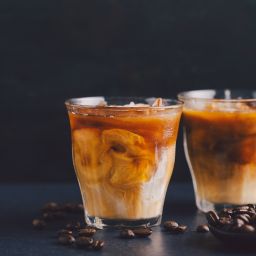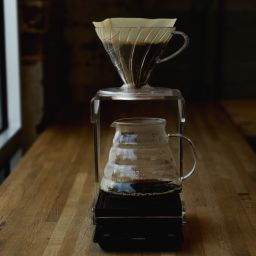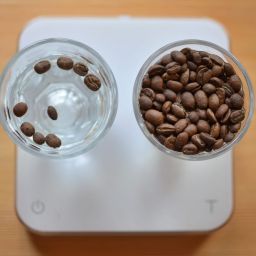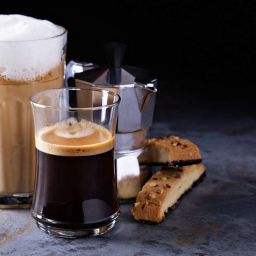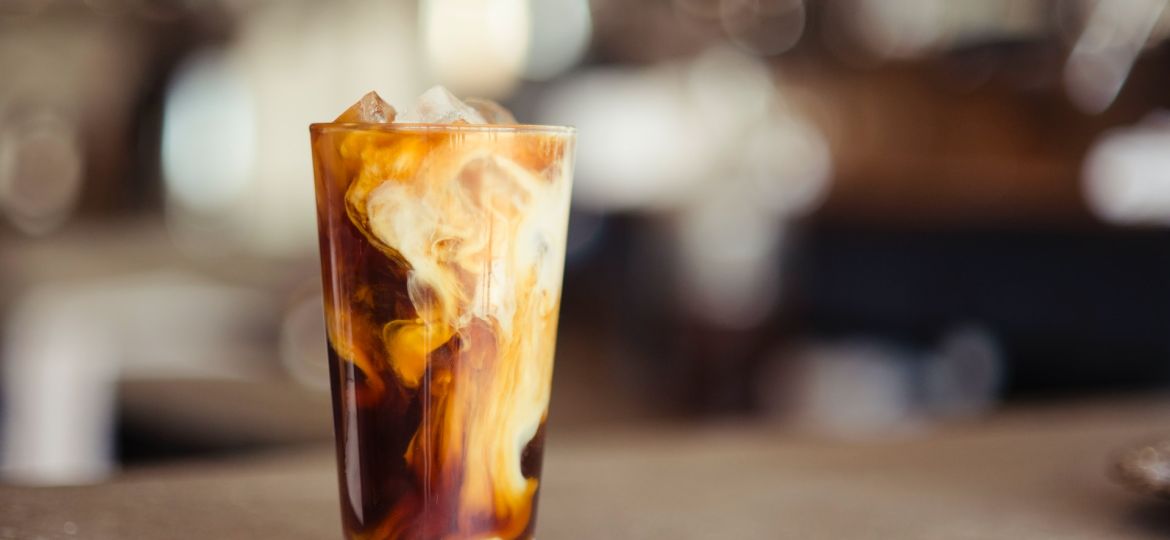
Cold brew coffee isn’t just your regular cup of joe served over ice. It’s a unique brewing method that has gained immense popularity over the years, especially among those who crave a smoother, less acidic coffee experience.
Unlike traditional hot coffee, cold brew is made by steeping coarsely ground coffee beans in cold water for an extended period, usually 12 to 24 hours. This slow extraction process results in a coffee concentrate that’s often less bitter and more flavorful than its hot-brewed counterpart.
Why Choose Cold Brew?
Benefits: Flavor, Acidity, and Versatility
- Flavor: Cold brew coffee is known for its smooth, mellow flavor profile. The cold steeping process extracts fewer bitter compounds, resulting in a sweeter and more nuanced taste.
- Acidity: If you find regular coffee too harsh on your stomach, cold brew might be your savior. It’s significantly less acidic, making it a gentler option for those with sensitive stomachs.
- Versatility: Cold brew is incredibly versatile. It can be enjoyed on its own, diluted with water or milk, or used as a base for a variety of coffee-infused beverages and recipes.
Economic and Health Advantages
- Making cold brew at home can be a real money-saver, especially if you’re accustomed to buying it from coffee shops. Plus, the health benefits, like its lower acidity and potential for reduced bitterness, make it a healthier choice for many.
Selecting the Right Coffee Beans
When it comes to making cold brew, not all coffee beans are created equal. Here’s what to consider:
- Types of Coffee Beans: You’ll want to choose beans that have flavors that shine when cold brewed. Beans with chocolatey, nutty, or fruity notes tend to work well.
- Importance of Bean Quality and Roast: The quality of your beans is paramount. Fresh, high-quality beans will yield the best flavor. As for the roast, it’s mostly up to personal preference, but medium to dark roasts often produce the richest cold brews.
In the next section, we’ll explore the basic equipment needed to make cold brew at home and dive into the brewing process itself. Stay tuned for more tips on how to perfect your cold brew technique!
Making Cold Brew Coffee
Basic Equipment Needed
Getting started with cold brew doesn’t require fancy equipment. In fact, you probably already have what you need in your kitchen. Here’s the basic rundown:
- Simple Tools and Containers: A large jar or pitcher, a strainer, and some cheesecloth or a coffee filter are enough to get you started. Just make sure your container is big enough to hold your coffee and water mixture.
- Optional: Specialized Cold Brew Systems: If you’re really into cold brew and plan on making it regularly, investing in a specialized cold brew coffee maker can be a good idea. These systems often simplify the brewing and straining process.
The Brewing Process
Making cold brew coffee is more about patience than complexity. Here’s a simple guide to get you started:
- Grind Your Coffee: Start with a coarse grind, similar to what you’d use for a French press.
- Mix Coffee and Water: In your container, mix ground coffee with cold, filtered water. The standard ratio is 1 part coffee to 4 parts water, but feel free to adjust according to your taste.
- Let It Steep: Cover your container and let it sit at room temperature. The steeping time can range from 12 to 24 hours, depending on how strong you like your coffee.
- Strain It: Once steeped, strain the coffee through a cheesecloth or filter to remove the grounds. You now have a cold brew concentrate!
Tips for Optimal Extraction:
- Stir your mixture gently after adding water to ensure all grounds are fully saturated.
- If you can, give it a stir a few times during the steeping process.
Cold Brew Coffee Ratios and Concentration
Understanding and playing with coffee-to-water ratios is key to making your perfect cold brew. Here’s what you need to know:
- Coffee-to-Water Ratios: The standard ratio is 1:4 (coffee to water), but this can be adjusted. If you prefer a lighter brew, try a 1:5 ratio. For a stronger brew, go for a 1:3 ratio.
- Adjusting Strength and Flavor: Remember, what you’re making is a concentrate. You can dilute it with water, milk, or any milk alternative to suit your taste. The final strength and flavor are up to you!
Experimenting with different ratios and dilutions is part of the fun.
Flavoring and Serving Suggestions
Cold brew coffee is like a blank canvas – there are endless ways to jazz it up and make it your own. Here are some creative ideas to serve and enjoy your cold brew:
- Classic Cold Brew on Ice: Simply pour your cold brew concentrate over ice and dilute with water or milk to your liking.
- Cold Brew Latte: Mix cold brew with an equal part of cold milk or a dairy-free alternative. Sweeten as desired.
- Flavored Syrups: Add a splash of vanilla, caramel, or hazelnut syrup for a sweet twist.
- Spice It Up: Stir in some cinnamon or nutmeg for a warm, spicy note.
- Cold Brew Smoothies: Blend cold brew with a banana, a scoop of peanut butter, and a dash of cocoa for a delicious breakfast smoothie.
- Cold Brew Cocktails: Mix it with a shot of your favorite liquor, like vodka or rum, for a refreshing cocktail.
Storing Cold Brew Coffee
To keep your cold brew tasting fresh, follow these best practices:
- Refrigeration: Always store your cold brew in the refrigerator. This slows down the oxidation process and keeps it fresh.
- Airtight Container: Use an airtight container to prevent any fridge odors from affecting your brew’s flavor.
- Shelf Life: Homemade cold brew can be stored in the fridge for up to two weeks, though it’s best enjoyed within the first week.
How to Maintain Flavor Over Time:
- Avoid direct sunlight and extreme temperature changes.
- If you notice a stale or off taste, it’s time to brew a fresh batch.
FAQs
Cold brew coffee might seem simple, but it sure does spark a lot of questions. Here are some common ones, along with straightforward answers:
- How long should I steep cold brew?
- Typically, steeping for 12 to 24 hours is ideal. The longer you steep, the stronger the flavor. Just don’t go over 24 hours, or it might get too bitter.
- Can I use regular coffee grounds for cold brew?
- Absolutely! Just make sure they’re coarsely ground to get the best extraction and avoid a gritty texture.
- Is cold brew stronger than regular coffee?
- Yes, in terms of caffeine content, cold brew is generally stronger because of the higher coffee-to-water ratio. However, it’s often diluted, which balances it out.
- How should I dilute my cold brew concentrate?
- A good starting point is a 1:1 ratio of cold brew concentrate to water or milk. Adjust according to your taste preference.
- Can I make cold brew with hot water for a quicker process?
- Technically, yes, but then it wouldn’t be cold brew. Using hot water changes the extraction process, resulting in a different flavor profile.
Conclusion
So there you have it – a complete guide to making, serving, and storing cold brew coffee. Remember, the beauty of cold brew lies in its simplicity and versatility. Whether you like it strong and black or sweet and creamy, there’s a cold brew style for everyone. Don’t be afraid to experiment with different beans, brewing times, and flavorings. The best part about making cold brew at home is that you can tailor it to your exact taste. So, grab some coffee, a jar, and get brewing! Your perfect cup of cold brew is waiting to be discovered.



